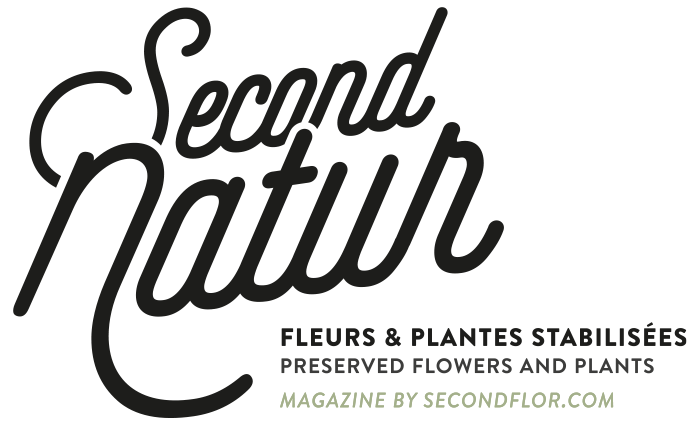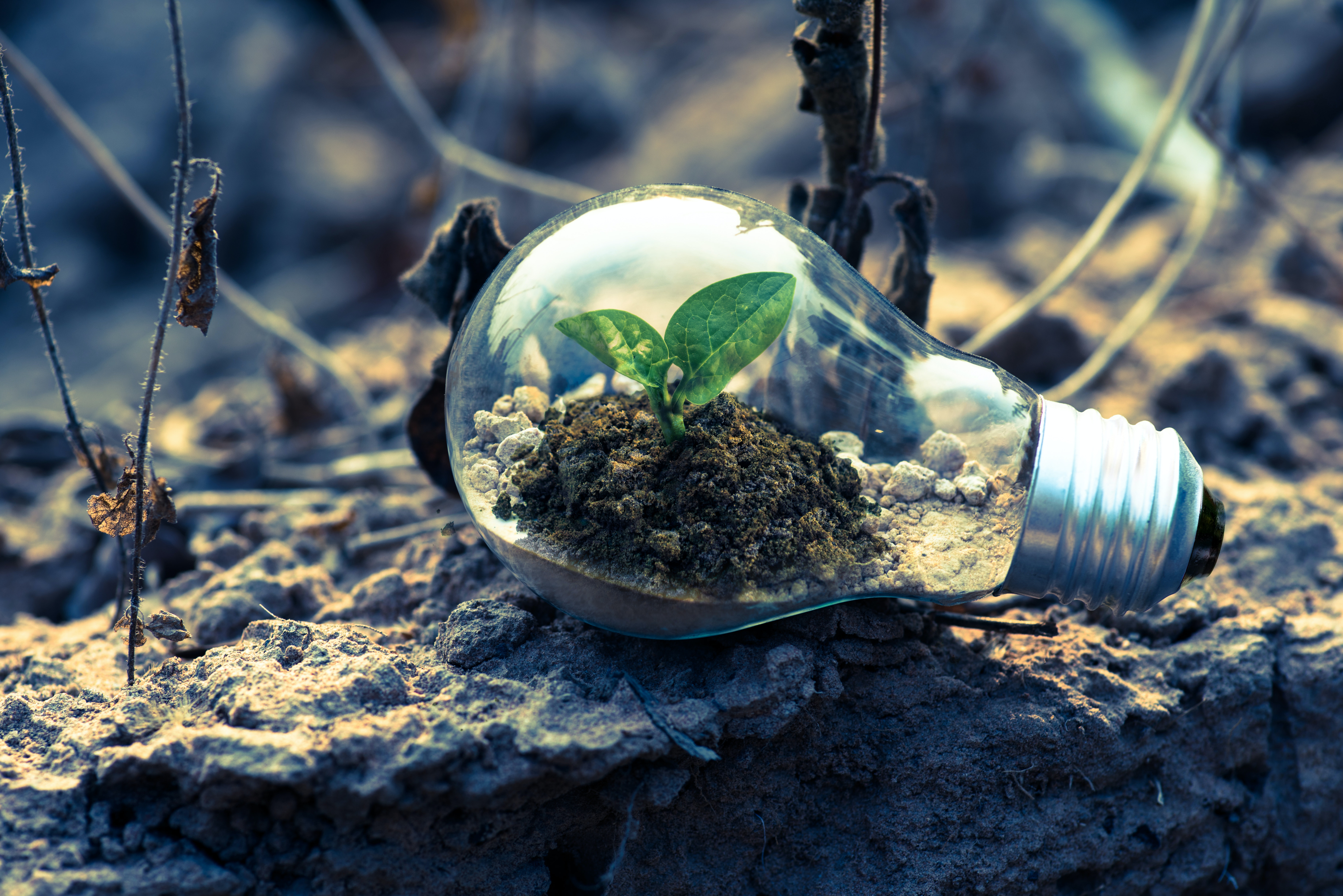On the magazine, we present techniques that allow dehydration, rehydration, absorption, colouring and sometimes all at the same time. Depending on the result you are looking for and on each plant, it is possible to use combinations of all these techniques, details in this article.
Mixed techniques for flowers and plants
Details of the mixed techniques used today
When using the flower preservation technique, the dehydration phase by immersion will cause both dehydration and discolouration of the plant. The fact of bleaching it has an advantage: the desired colour added during the stabilization by immersion will be sublimated.
Other techniques exist to bleach a plant, but they are prohibited in Europe. For example, the use of chlorine which is too dangerous to breathe. As for bleach, it attacks the plant that will eventually crumble.
The special case of orchids
To give you an example, most orchids sold on SecondFlor.com are dehydrated with an alcohol-based solution and rehydrated with alcohol and glycerin. This is the classic flower preservation technique. However, Thai purple orchid is dehydrated with silica gel and then rehydrated only with glycerin. There is no alcohol involved in the process, in order to preserve its original colour.
The future of flower and plant technology
For each plant there is a specific formulation of temperatures, air, solution as well as specific preservation periods on plant species. These formulas are constantly evolving as new things are discovered.
For example, it has recently been discovered that increasing the acidity of the solution allows the plant to be greedier of substitute sap. We discover new products that will help preserve plants that were not originally preserved.
For example, some colours do not take during the process. Depending on the starting colour of the plant, there are pigments that do not succeed in imposing themselves. This may be due to chlorophyll or pigments already in the plant. There are technologies that are beginning to be developed to solve this. For example, it is possible to let the plant dry in the sun to burn the chlorophyll and thus avoid a pigment conflict. But for the process to succeed, you need a certain amount of sunlight that is still difficult to predict in advance.
Future techniques and R&D depending on the country of origin of the plants
It is the Japanese who do the most research and development in the world to try to develop new species and succeed in preserving plants that until now had always failed.
The Dutch, for their part, are developing a CO²-based flower preservation technique. It has the advantage of being the only technology that can be implemented in Europe, even if the necessary machine is very expensive at the moment. Alcohol-based preservation processes are banned in Europe due to very high safety constraints. The countries that practice it, such as Colombia or Kenya, fill huge containers of alcohol in which they dip flowers. If we were to do the same in Europe, safety standards would be far too stringent. This Dutch invention would drastically reduce the production time of a preserved flower compared to what is done today.
Between mixed techniques and future ones, the preserved world is perhaps only at its beginnings. In any case, it promises good progress in the years to come.
To find out more about preserved plants, browse through the What is it? section.

